The electricians came last week and hooked up the power. There’s something about light emanating from windows at nightfall. Light through the panes (even triple panes), at once, draws us in and illuminates a darkened neighborhood. It called up in me memories of hunting in the dark as a kid on our farm. Late in the evening long after the ducks and geese of my pursuit had settled in for the night, I would remain for awhile sitting in silence in the dark. Far across the black spaces I could see the porch lights of our farm neighbors reliably beckoning. Behind those lights was home and, finally, because there were chores to do back at the barn or perhaps because the owl who needs no light to do her hunting had scared me spitless from where I was hiding in the fencerow, I would return to mine. Anyway, last week our house moved one step closer to being home for us. It’s always an important question whether it will be light for the neighborhood.
The biblical myth is full of luminescence. The Great Luminacious was from the beginning and shines in the darkness so nothing can ever put it out. The burning bush was more about light than heat, more like the LED shining in the darkness than the incandescent I guess. I always hope for more light than heat from our political leaders. It’s at least a brilliance for which one could dream. But every moment, so it goes, we can enlighten. The Message paraphrase uses words like:
You’re here to be luminescence, bringing out the God-colors in the world. We’re going public with this, like a city on a hill. You are our light-bearers, so come out of hiding! Raise it on a light stand. Keep open house; be generous with your lives.
-Matt 5:14-16, The Message
The cool thing about building in a neighborhood is every day is Open House! Neighbors used to come by and gawk for awhile until they’d walk on or we’d wave them in. Then there were several who dropped by on their routine, to knock on the door and get a tour of the progress. And now, with the coming of the power, there’s a real doorbell!!! So it rings now, sometimes several times a day, and each time, calls us to stop what we’re doing and be generous with our lives. That’s why we’re here. When we’re paying attention, we see this house is not ours alone. We must go public in a very dark time for the Planet. We have made our Net Zero lives an open house to show our neighbors there are things all of us can do as we share what we’re learning about a better way to live. And what a privilege it is to share.
What a lifetime is ours where household lighting is concerned. In our homes, 14% of our energy use is for lighting, and so 14% of emissions. We are witnesses and agents of an ongoing revolution. 30 years ago, I remember buying our first Compact Fluorescent. It weighed about 10 pounds for the equivalent 60 watts of light. It drew only 18 watts and sold for about $18!!!. Now we’ve been through the CFL revolution. We’ve had CFL sales in our churches and workplaces. It took 10-15 years for the price to become affordable and all of us who care, have nothing but CFLs to light our homes today right? Now we must go full house with the Light Emitting Diode technology (LED). And our experience in outfitting our new house is that LEDs are now affordable enough that all of us can take the next step toward and be the luminaries we’re born to be and support our neighbors in switching on a new light!
On their website (designrecycleinc.com) provides a comprehensive chart, comparing incandescents, cfls and less side by side. I summarize it here for you:
Comparison Chart
LED Lights vs. Incandescent Light Bulbs vs. CFLs
LEDs Incandescents CFLs
Life Span (ave.) 50,000 hrs 1,200 hrs 8,000 hrs
Watts used: 6 – 8 watts 60 watts 13-15 watts
equivalent to 60 w bulb
KWH used: 329 KWh/yr. 3285 KWh/yr. 767 KWh/yr.
30 incandescent bulbs/yr equiv.
Operating Cost: $32.85/year $328.59/year $76.65/year
30 incandescent bulbs/yr equiv.
CO2 Emissions 451 lbs/yr 4500 lbs/yr 1051 lbs/yr
Heat Emitted 3.4 btu/hr 84 btu/hr 30 btu/hr
Watt useage for
lumen output of:
800 6-8 watts 60 watts 13-15 watts
1,100 9-13 watts 75 watts 18-25 watts
1,600 16-20 watts 100 watts 20-30 watts
_______________________________________________________________
In a nutshell, the Compact Fluorescent technology reduced energy use by 75% over Thomas Edison’s light breaking invention. The advancement to LEDs cut CFL energy in half again! Figuring the cost of power at 12 cents/KWh, the current lower cost of LEDs and that you hardly ever have to replace an LED, even the cost/year is lower with LEDs. And look at the difference in heat produced when you consider summer air-conditioning loads.
Needless to say, all of the fixtures and bulbs in our Passive House are LEDs. Let me give you the quick tour. In the living room, we have a flush mount (14” dia.) ceiling light. Drawing 24 watts, this light has no “bulb.” Just like this one, most of the LEDs in our house are integrated into the design of the light fixture. Where there are bulbs, I will tell you. Of course this does mean, when the light goes out, you must replace the whole fixture, but, at 50,000 hours…?!!? The ceiling lights in Debbie’s sewing center and the front entry are the same 24 watt round ceiling light.
The kitchen ceiling light is a 2X2 foot flush mount, an integrated LED, drawing 48 watts. The under-counter mounts are three integrated 7 watters.
In the bathroom, the over-the-sink fixtures do have actual bulbs (13w each), while the ceiling lights in the two bedrooms are the square flush mounted (20 watt) integrated fixtures.
All three bedroom closets, Debbie’s sewing center closet and the kitchen pantry have these cool little wall mounts with just enough light to see the choices of attire for the day, the perfect cloth for the niece’s new quilt and the jar of canned breakfast peaches.
Of course the gem of our indoor illumination and the point of light for our living space is the fixture we created with these small 7w LEDs, perfect for pendant lights. Of course pendant lights are all the rage in office, restaurant, winery and studio. So much so, that we had second thoughts about such hanging down over our dining table. Too ordinary and un-unique, if you know what I’m saying. But then, last summer, in a glass blower’s shop in Taft (I guess that’s sort of Lincoln City, but somehow Taft sounds more authentic) we found these, created by a local glass artist. Holy molten silica! They were amazing! We found just the right fixture at Globe Lighting in PDX and, well, come for a meal soon and we’ll eat asparagus spears, sip Pino Gris and sit beneath their brilliance.
For outdoor lights, we have two 40w shop lights in the garage, also integrated, and two 13w LED can lights over the cedar porch (great illumination of color right?). The last on our lighting tour are the fixtures with the 9w bulbs lighting the driveway and patio in back.
Here is the brief listing of the lighting I have just described for you. Do the math: if we were lighting with incandescents our total wattage would have been 3600 watts, more than the total demand of our whole Passive House. If were were using CFLs the wattage would be 1,000w. With LEDs the total is 485.
Pitney Passive House Lighting
Living Room Flushmount ceiling bulb-less 24 watts
Sewing Center Flushmount ceiling bulb-less 24 watts
Entry Flushmount ceiling bulb-less 24 watts
Dining Room 3 Pendant lights 3 bulbs 7 watts each
Kitchen 2’ X 2’ ceiling bulb-less 48 watts
3 Undermounts bulb-less 7 watts each
Bathrooms (2) Oversink fixtures 5 bulbs 13 watts each
Bedrooms (2) Flushmount ceiling bulb-less 20 watts
Closets & Pantry (5) Wallmounts bulb-less 9.4 watts each
Laundry Flushmount ceiling bulb-less 20 watts
Garage indoor 2 shop lights bulb-less 40 watt
Outdoor lights (5) 3 patio/2 garage 5 bulbs 9 watts each
2 porch can lights 2 bulbs 13 watts each
485 watts total Pitney lights
3,600 watts if incandescent
1,000 watts if CFLs
But finally, the 2016 Luminescence Trophy goes to the Oregon State Legislature. Yesterday we received word that the Clean Energy and Coal Transition Bill is on its way to Gov. Kate Brown to sign. This is absolutely historic!!! The proof of its relevance for our time is the fact that, while a handful of Republicans are sure this decision will cause massive job loss, support for it was broadly bi-partisan. How’s that for the people who walk in darkness have seen a great light? It means, in Oregon, we will eliminate coal from our energy supply by 2030 and by 2040, 50% of customer power will be supplied by renewables. AND…the legislature also passed the annual budget which allocates $230,000 to the Oregon Department of Environmental Quality (DEQ) to study and report to the regular 2017 Legislative session how a Cap and Investment strategy would work in Oregon. In other words, the Healthy Climate Bill I referred to in my last blogpost, did not emerge from Ways and Means and was not passed, BUT funds were allocated to gather more of the kind of information needed to garner full bipartisan support of Cap and Investment in 2017!!!!
One of the hundreds of sub-national provisions that are part of the Paris Accord, includes an agreement by IKEA International to sell 500 million LED lights in the next three years. Spread the news. There is an unquenchable fire burning among us like a burning bush that will not be consumed. It’s much more about light than heat. Us the information we are providing to spread the luminescence. And just know, at our place, there is luminary beauty within and the door is always open.

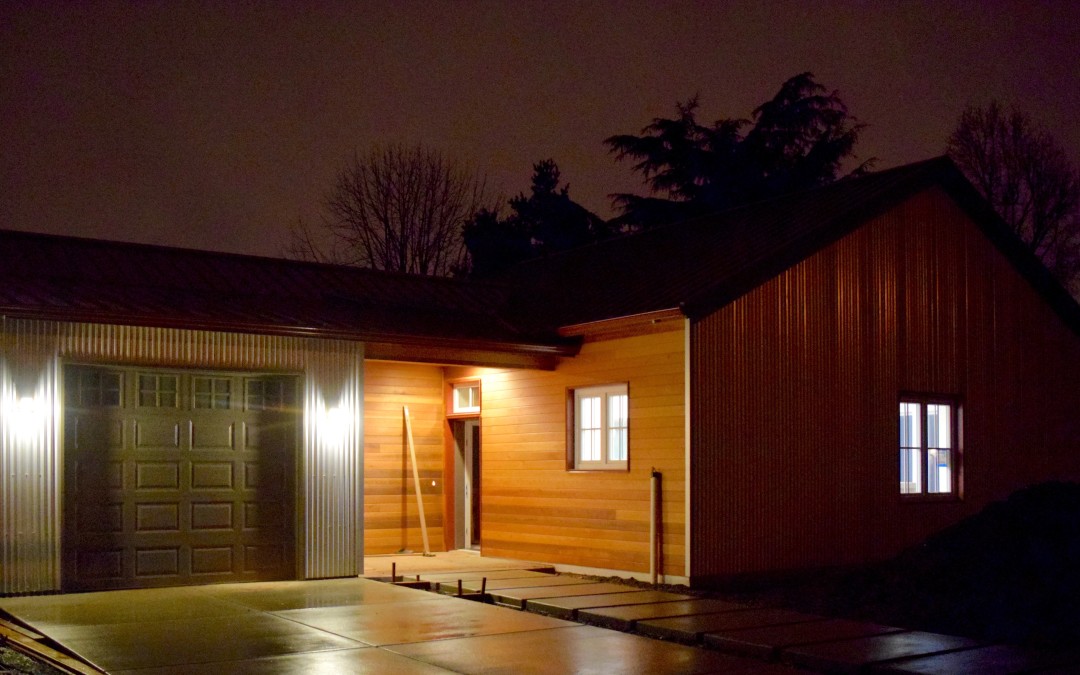
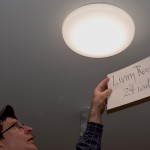
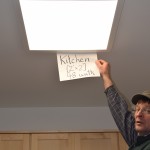

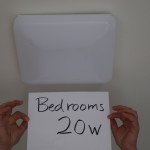
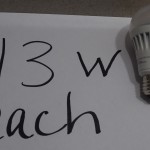
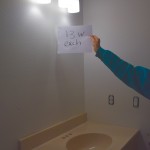
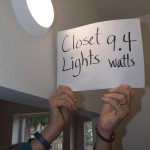
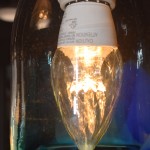
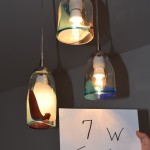

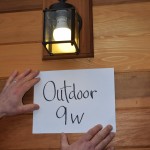
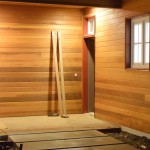

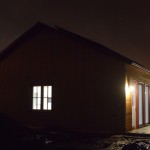
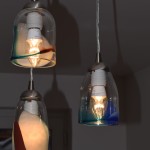
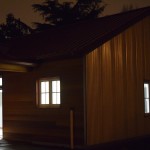
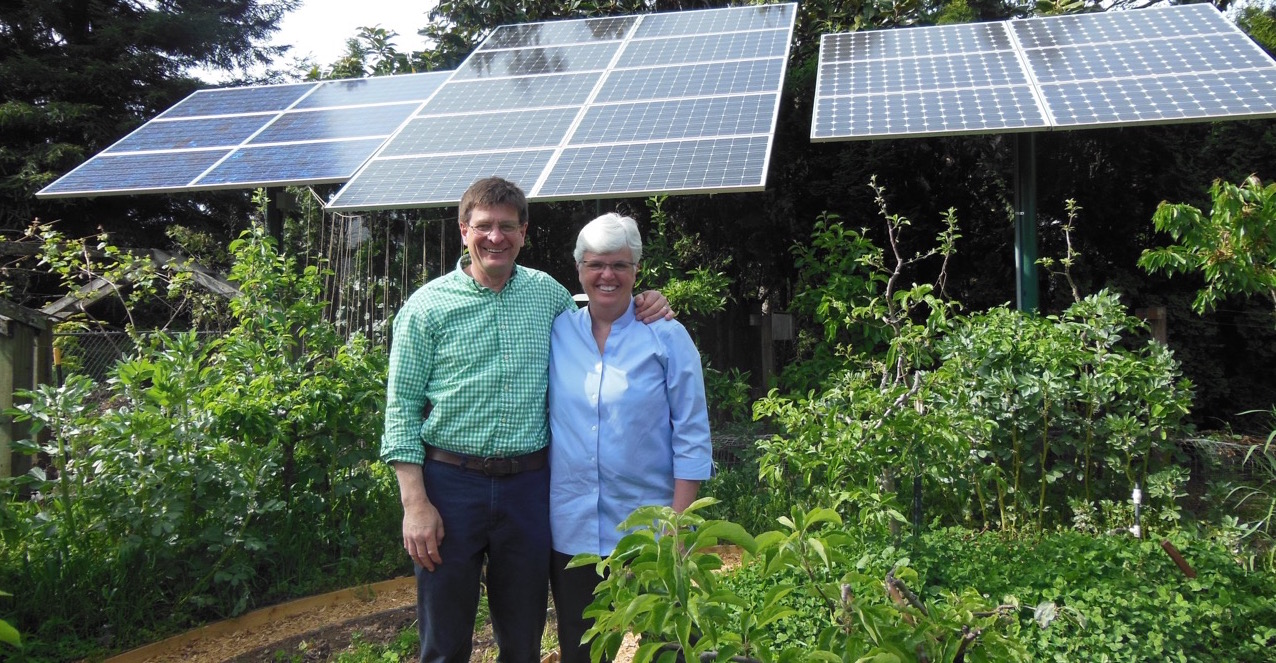




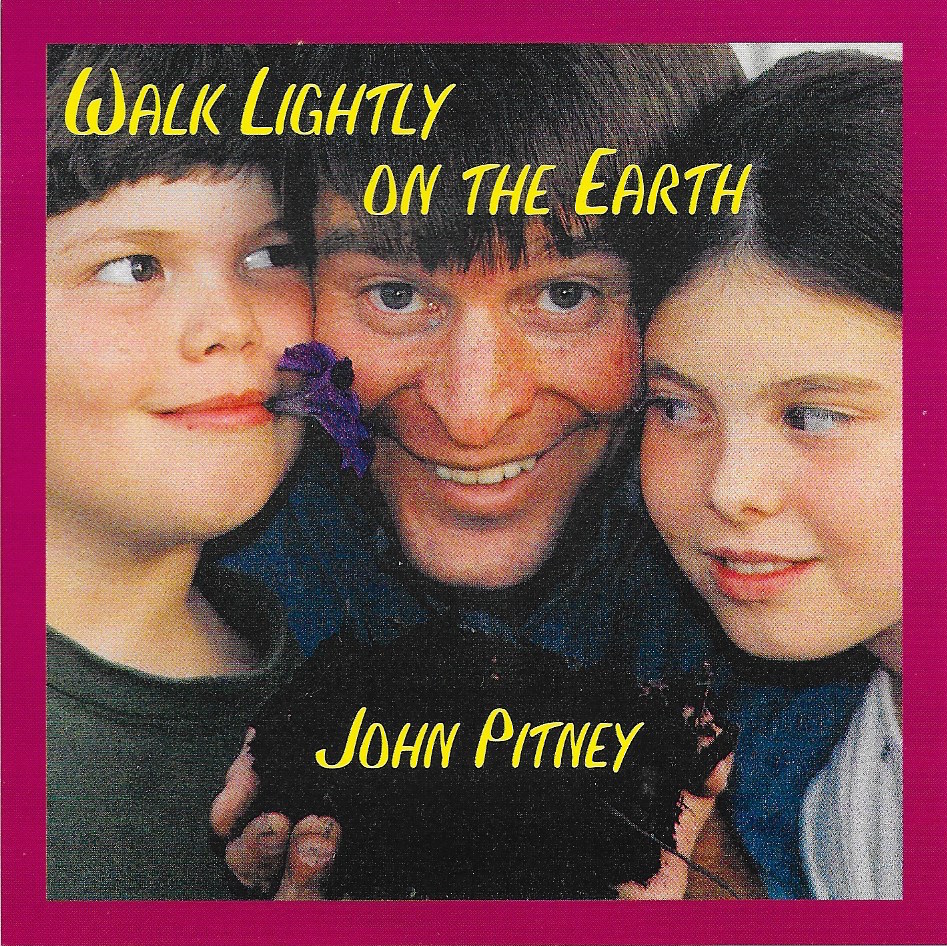

Recent Comments